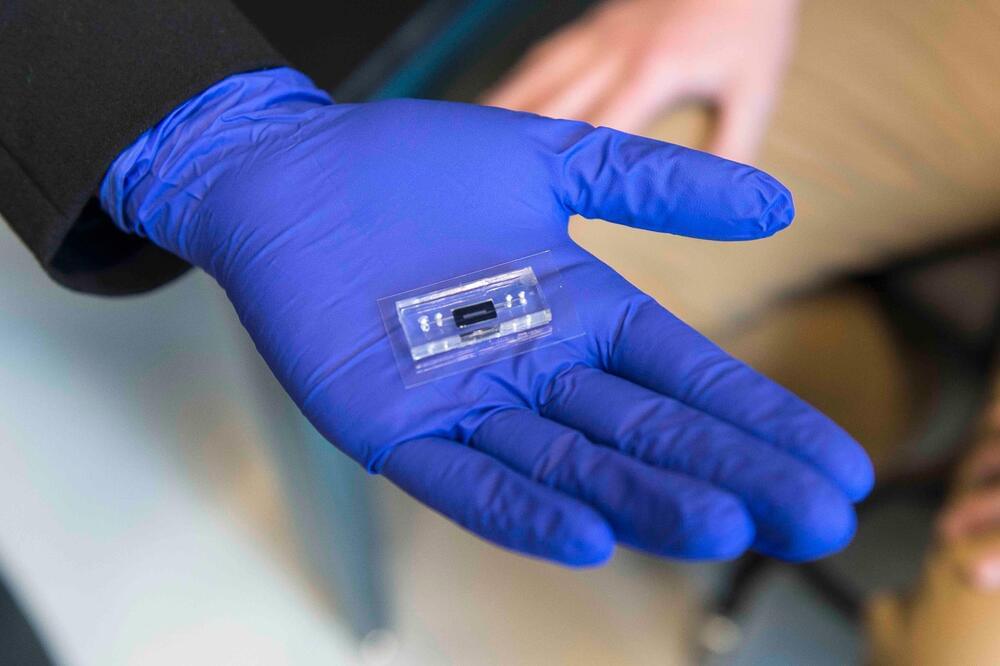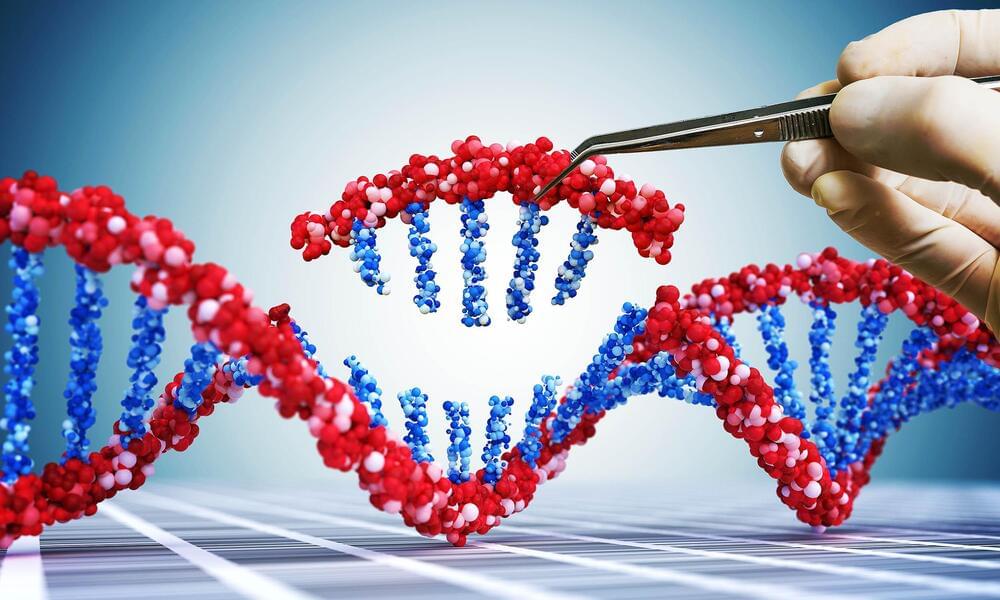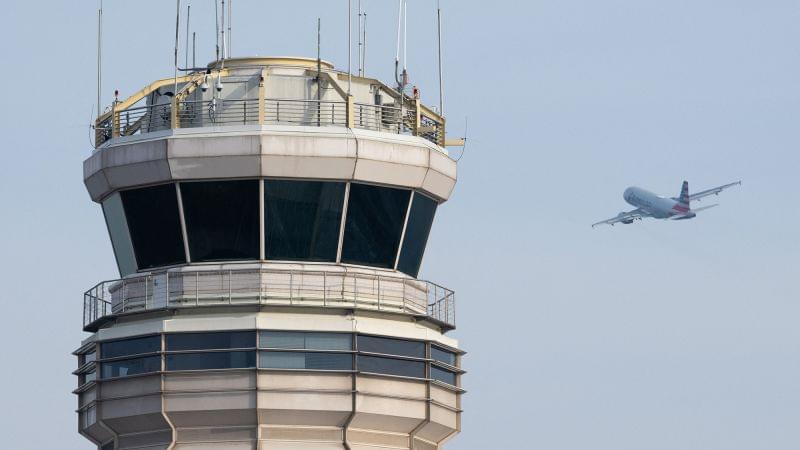The waterborne disease has killed more than 4,000 people in seven countries over the past two years. Experts blame severe storms, a lack of vaccines, and poor water and sewer systems.


Roughly 1 in 2 wearers of ventricular assist devices are diagnosed with an infection. The reason for this is the thick cable for the power supply. ETH Zurich researchers have now developed a solution to mitigate this problem.
For many patients waiting for a donor heart, the only way to live a decent life is with the help of a pump attached directly to their heart. This pump requires about as much power as a TV, which it draws from an external battery via a seven-millimeter-thick cable. The system is handy and reliable, but it has one big flaw: Despite medical treatment, the point at which the cable exits the abdomen can be breached by bacteria.
ETH Zurich researcher and engineer Andreas Kourouklis is working to soon make this problem a thing of the past. With the support of ETH Zurich Professor Edoardo Mazza and physicians from the German Heart Center in Berlin, Kourouklis has developed a new cable system for heart pumps that doesn’t cause infections. The findings are published in the journal Biomaterials Advances.

A specific combination of targeted therapy and immunotherapy may better help patients with non-small cell lung cancer (NSCLC) overcome inherent immune resistance and reinvigorate anti-tumor activity, according to a new study led by a researcher from The University of Texas MD Anderson Cancer Center.
Results from the Phase II umbrella HUDSON study, published in Nature Medicine, demonstrate that the anti PD-L1 antibody, durvalumab, coupled with the ATR inhibitor, ceralasertib, provides the greatest clinical benefit of four combinations evaluated.
This pair had an objective response rate (ORR) of 13.9% compared to just 2.6% with the other tested combinations. Median progression-free survival (PFS) was 5.8 months versus 2.7 months for other combinations, while median overall survival (OS) was 17.4 months versus 9.4 months. In patients with ATM alterations, which should sensitize tumors to ATR inhibitors, the ORR increased to 26.1%. Durvalumab-ceralasertib had a manageable safety profile.


In the realm of scientific innovation, the past decade has seen the CRISPR/Cas systems emerge as a groundbreaking tool in genome editing, boasting applications that span from enhancing crop yields to pioneering gene therapy.
The recent advent of CRISPR-COPIES by the Center for Advanced Bioenergy and Bioproducts Innovation (CABBI) marks a significant leap forward, refining CRISPR’s flexibility and user-friendliness.
CRISPR-COPIES represents a cutting-edge solution designed to swiftly pinpoint ideal chromosomal sites for genetic modification across any species.

Scientists at the University of Wisconsin–Madison (UWM) say they have created the first 3D-printed brain organoids that function like natural brain tissue.
“The neurons communicate, send signals, interact with each other through neurotransmitters, and even form proper networks with support cells that were added to the printed tissue,” said senior author Su-Chun Zhang.
The challenge: In the right conditions, stem cells will self-assemble into tiny, three-dimensional tissues that mimic features of the human brain. These “brain organoids” can be used to test drugs, study diseases, and more.

Plasminogen deficiency, a rare disorder characterized by impaired fibrinolysis, frequently results in ligneous conjunctivitis. In this report, we report a case of a Saudi girl manifesting both conjunctivitis and hydrocephalus. Her initial symptoms at 1 month of age were recurring eye redness, which was inaccurately diagnosed as simple conjunctivitis. Surgical intervention for her ocular lesions revealed underlying membrane deposition. She later exhibited signs of increased intracranial pressure, resulting in a hydrocephalus diagnosis and subsequent surgery. Genetic analysis confirmed the presence of plasminogen deficiency. Clinical evaluations highlighted ligneous conjunctivitis, variations in visual acuity, and facial acne. Laboratory assessments demonstrated diminished plasminogen levels.

An air traffic controller’s routine can be disrupted by an aircraft that requires special handling. This could range from an emergency to priority handling of medical flights or Air Force One. Controllers are given the responsibility and the flexibility to adapt how they manage their airspace.
The requirements for the front line of air traffic control are a poor match for AI’s capabilities. People expect air traffic to continue to be the safest complex, high-technology system ever. It achieves this standard by adhering to procedures when practical, which is something AI can do, and by adapting and exercising good judgment whenever something unplanned occurs or a new operation is implemented – a notable weakness of today’s AI.
Indeed, it is when conditions are the worst – when controllers figure out how to handle aircraft with severe problems, airport crises or widespread airspace closures due to security concerns or infrastructure failures – that controllers’ contributions to safety are the greatest.
Pre-liver-transplant information for patients and families.

Benjamin Franklin famously wrote: “In this world nothing can be said to be certain, except death and taxes.” While that may still be true, there’s a controversy simmering today about one of the ways doctors declare people to be dead.
Bioethicists, doctors and lawyers are weighing whether to redefine how someone should be declared dead. A change in criteria for brain death could have wide-ranging implications for patients’ care.